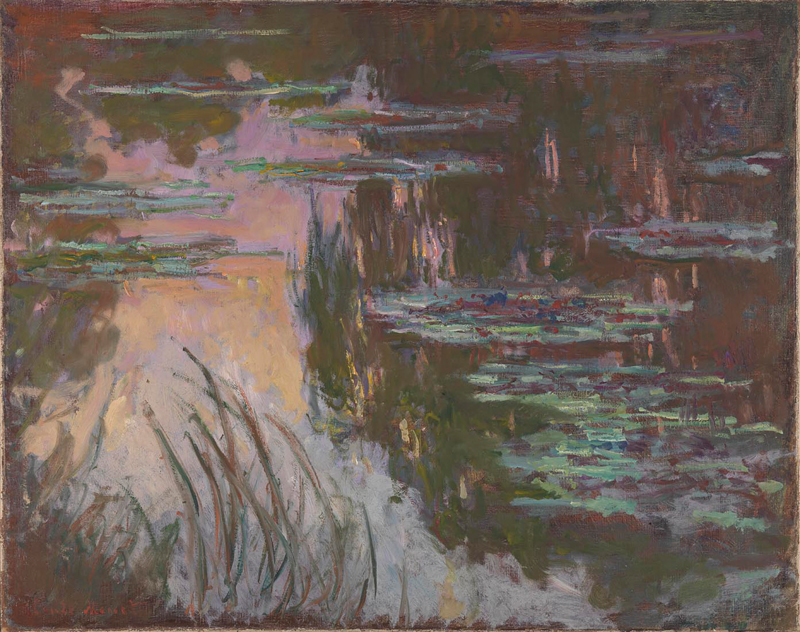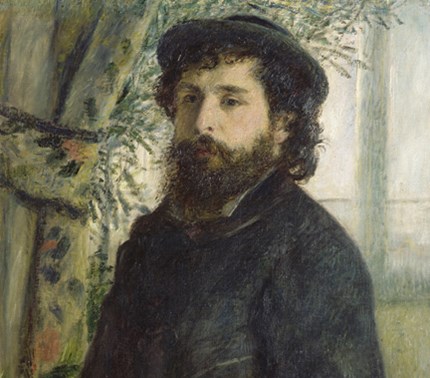Water Lillies can be seen outside Buoys Toys, Opposite the Visitor Information Centre

Oil on canvas, 73 × 92.7 cm
Bequeathed by Simon Sainsbury, 2006
© The National Gallery, London
Water-Lilies, Setting Sun, 1907
Claude Monet
Oil on canvas, 73 × 92.7 cm
During the final two decades of his life Monet devoted himself to painting the water garden he had created at his home in Giverny, producing around 250 innovative canvases. His paintings became increasingly experimental as he gradually abandoned depictions of the banks of the pond, its Japanese bridge and the traditional horizon line in order to concentrate on the subtle modulations of light as it transformed the water and the reflections of foliage and clouds.
Read more at NationalGallery.org.uk

Claude Monet
Born in Paris, the son of a grocer, Monet grew up in Le Havre. Contact with Eugène Boudin in about 1856 introduced Monet to painting from nature. He was in Paris in 1859 and three years later he entered the studio of Charles Gleyre, where he met Pierre-Auguste Renoir, Alfred Sisley and Frédéric Bazille. Edouard Manet was an influence on his figure compositions of the 1860s, while the informal style of his later landscapes originated in works such as ‘Bathers at La Grenouillère’, painted in 1869 when Monet worked with Renoir at Bougival.
Read more at NationalGallery.org.uk


